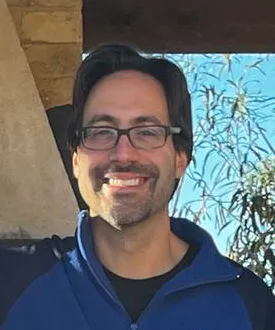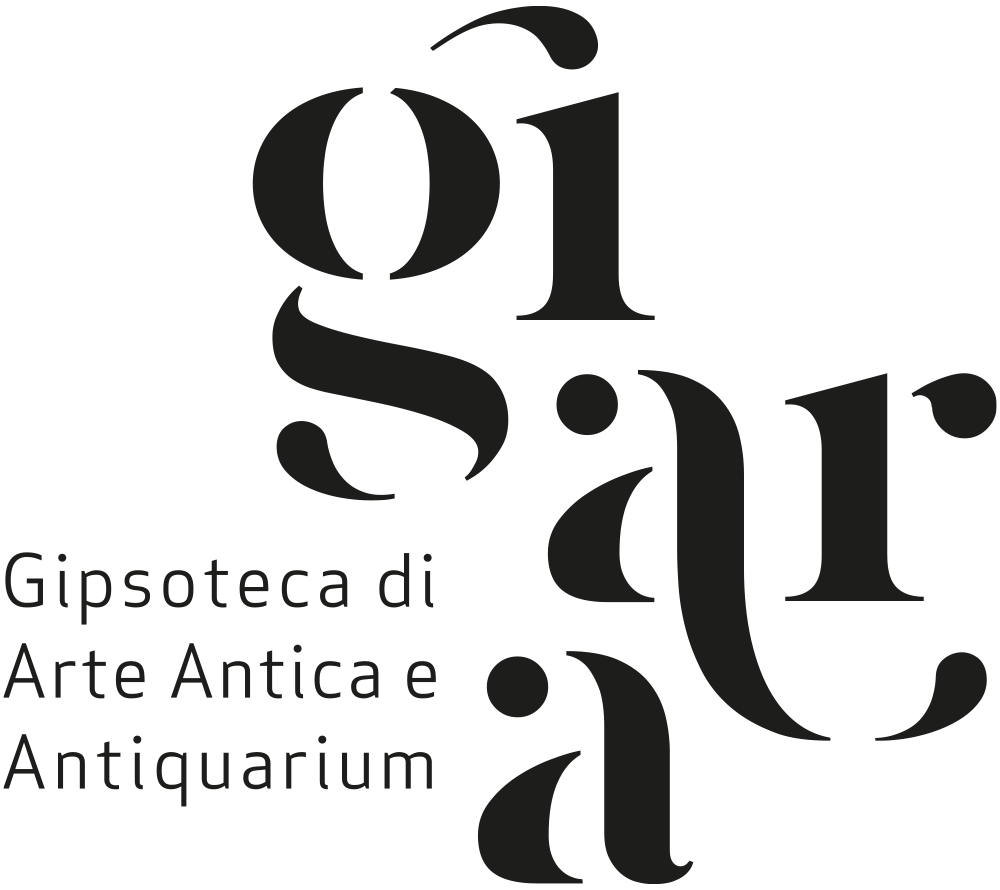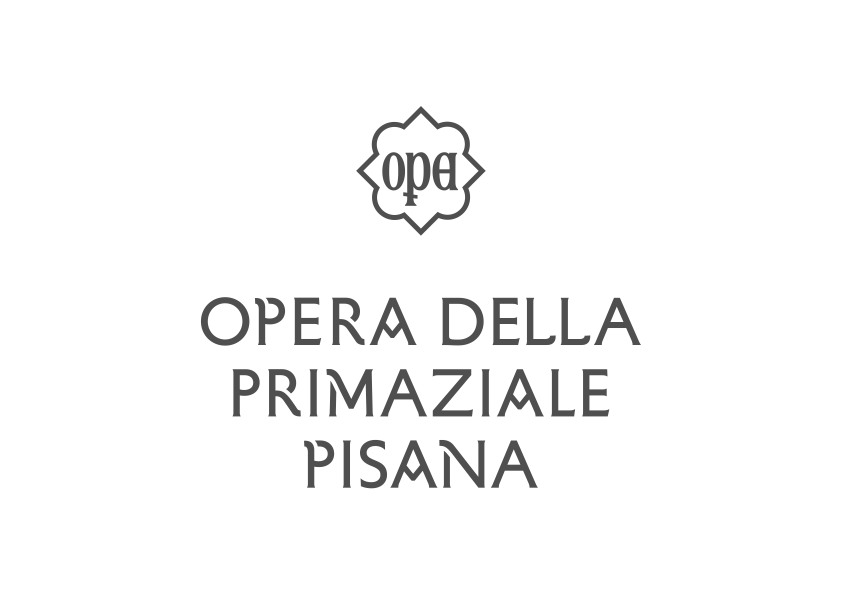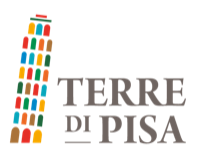Innovative methodological and technological insights to Raman spectroscopy applied in the field of Cultural Heritage (in the memory of Prof. Austin Nevin)
Raman is a well-established spectroscopic technique which has found its place in many analytical laboratories dedicated to different fields of applications. In particular, the capability to recognise the molecular composition of a great variety of materials in a non-destructive and non-invasive manner makes Raman spectroscopy a leading technique in the field of Cultural Heritage. However, the low signal intensity, the interference with other emission sources, and the risk of inducing photothermal effects during measurements push always scientists to find innovative solutions to make this technique more efficient and widely applied.
A selection of some significant published and unpublished (recent) research works and projects will be discussed in detail considering the five Raman sessions proposed at the conference: the application of chemometrics to Raman data to highlight subtle differences among the spectra as well as the conceptualization of innovative technological and instrumental solutions to solve specific conservation issues will be presented. Moreover, non-conventional analytical approaches and protocols of measurements to improve the identification and characterization of problematic artistic materials to be detected by using Raman spectroscopy will be discussed. Most of these research works bring the significant contribution of Prof. Austin Nevin, who passed away last year. This plenary is also the occasion to celebrate his memory by recalling his research activity focused mainly on Raman spectroscopy applied to the Cultural Heritage field and to try to transmit to the audience his professional attitude capable of addressing complex technical and conservative issues due to his strong scientific background.
















